This is how legends and myths about fire falling from the sky were born and continue to be shared today as they were back then by the locals including native Qom, Moqoit, Adipon, and Wichi people.
What if I told you there’s a remote place in Argentina that holds a field of fallen sky? Long before scientists arrived, the native people named it Pigüen N’onaxá (Campo del Cielo): ‘Field of the Sky.’ Why is that? 4,000 years ago, a meteorite shower scarred this corner of the earth, thus creating one of the largest meteor impact sites around the world. Located in the Northeast of Argentina spanning the border between the provinces of Chaco and Santiago del Estero, this oval-shaped area of about 4 kilometers wide and 20 km long is where over 100 tons of iron meteorite fragments have been recovered. The largest to be dug out was the “Chaco” (weighing around 37 tons) making it the second largest in the world, followed by the “Gancedo” (weighing around 30 tons) which takes the third place both of which are exhibited at the open-air museum. Rust-colored fragments can still be found today scattered around the area and scientists say there might still be many more undiscovered buried deep down. I have marked its location on a world map below to give you a more accurate idea of where to find it.

Unlike the arid, dusty deserts that we might associate with meteorite impacts, Campo del Cielo sits in a semi-arid woodland. The region is covered in low forests of algarrobo, espinillo, and quebracho trees, along with hardy shrubs and grasses that stay surprisingly green despite the dry climate.

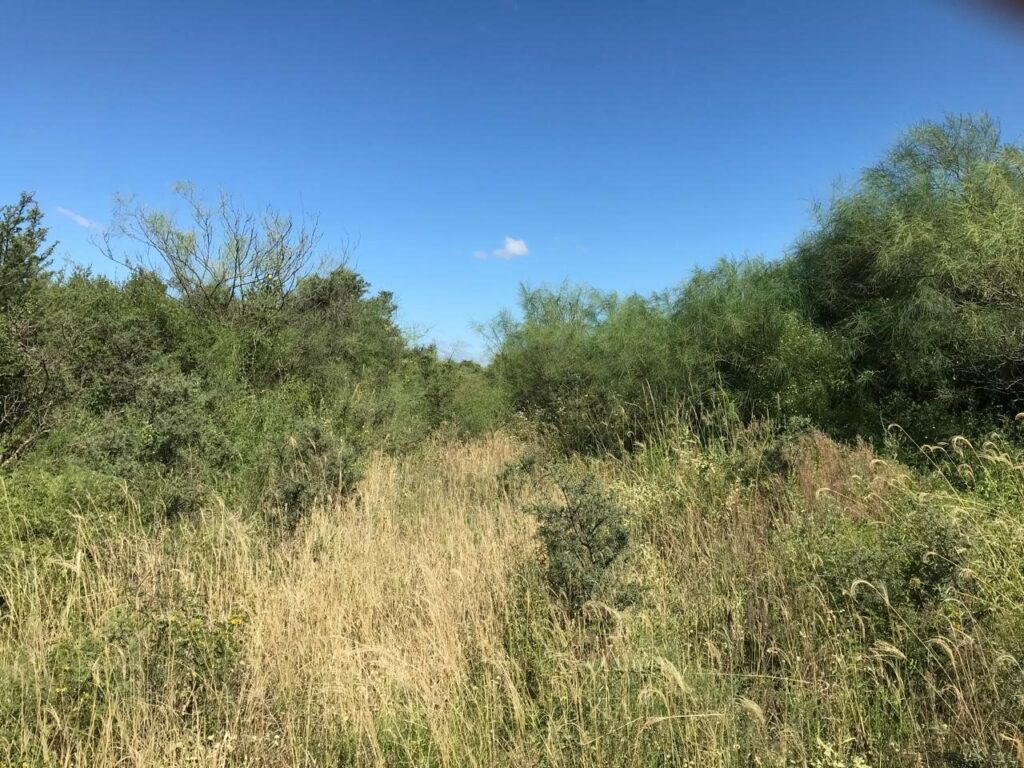
At the time of the meteor shower this land was already inhabited. I imagine that to witness such event must have been truly impactful if not even terrifying. For scientists, these craters are data to be analyzed but for the native’s ancestors, it surely was a cataclysm seared into memory. Picture yourself hunting near dusk on the lookout for prey listening intently for any signs of danger, like a puma that could have been following your steps… when all of a sudden you hear an extremely loud, literally out of this world roar. You’re almost certain no known feline could ever sound like that. Your heart starts pounding as you look up and see a huge ball of fire and several smaller ones zooming down from the sky and rapidly disappearing out of sight while at the same time the trees on the horizon light up in flames. What would you do? Would you run out of harm’s way, or would you stare in awe unable to move a muscle for a few seconds before you finally flee? We can only just about guess how people could have reacted back then. No Instagram posts or stories to share it with your acquaintances 4.000 years ago. But I can assure you that those who witnessed such an event must have told everyone they knew, weaving it into collective memory by sharing the story for generations.
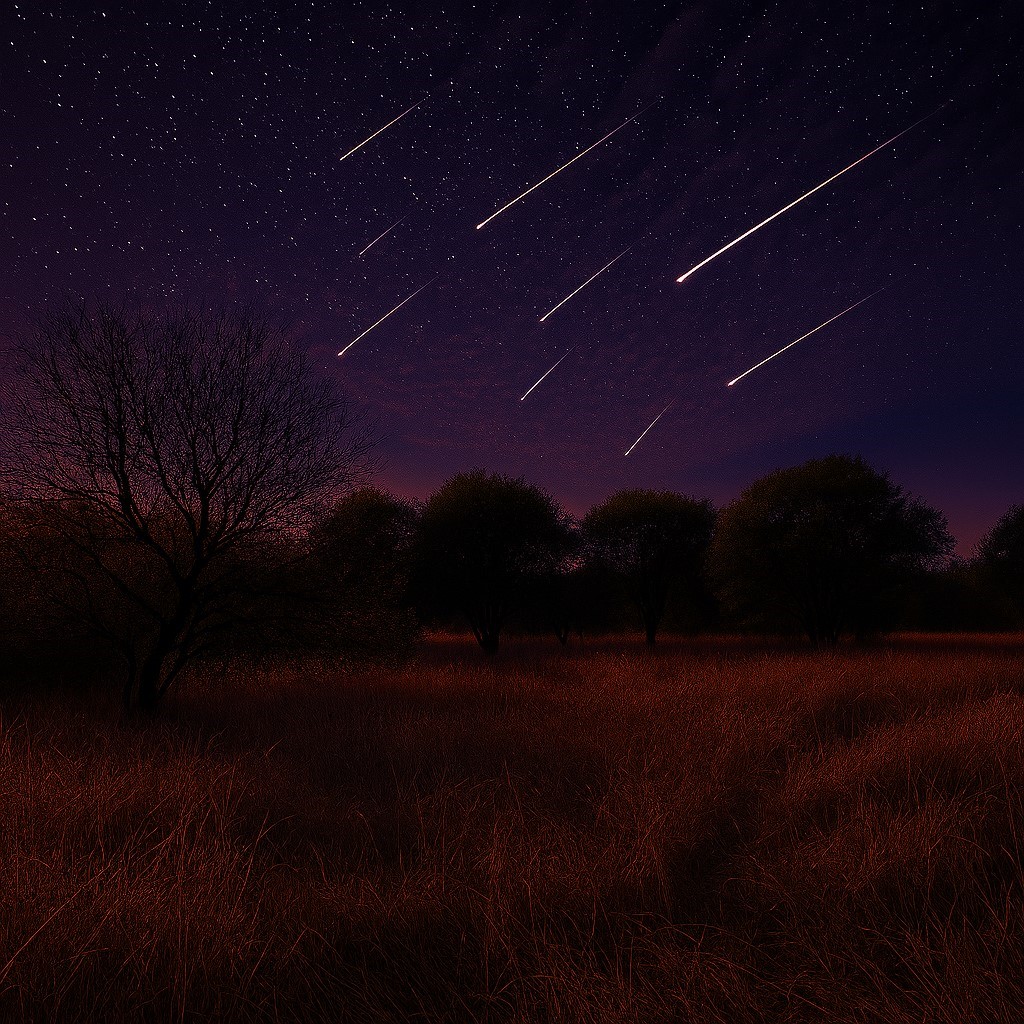
This is how legends and myths about fire falling from the sky were born and continue to be shared today as they were back then by the locals including native Qom, Moqoit, Adipon, and Wichi people. Some have said that bits of sky had fallen down to earth because the sun had cried stone tears that have helped fertilize the soil… Others have seen the meteorite fragments as pieces of the moon that had been torn out by jaguars with similar positive results on the ground’s fertility. So now you know this magical place apart from being a scientific wonder is also a cultural landmark with Indigenous roots. Where scientists see iron and nickel and locals see a message from the stars and a sacred place.
Today, this site called, “Reserva Natural Cultural Pigüen N’Onaxá”, balances tourism and preservation. The greenery softens its otherworldliness, but the meteorites’ impressive size reminds you: this is where the sky fell.
If you ever get the chance to come to Argentina and venture off the beaten path, driving several kilometers along a lonely country road, you can see the giant meteorites for yourself and learn a bit of what the scientists have figured out after years of study. Because they are mainly composed of iron, their location was found by using magnetism. In fact, this was how most of the large fragments were recovered, while smaller ones emerged spontaneously after centuries of erosion. At the quaint and informative site museum, fragments of every size and shape can be observed, some as large as a watermelon or even a concrete mixer, and others fitting comfortably in your hand. That is if the guide lets you to hold one! You will also learn about the ways the natives have interacted with them throughout the centuries. They have always treated both meteorites and the place with respect; fragments have even been used as resources for making tools such as arrowheads and the weights for boleadoras, a hunting tool made of cords and heavy balls swung to capture prey by entangling its legs.
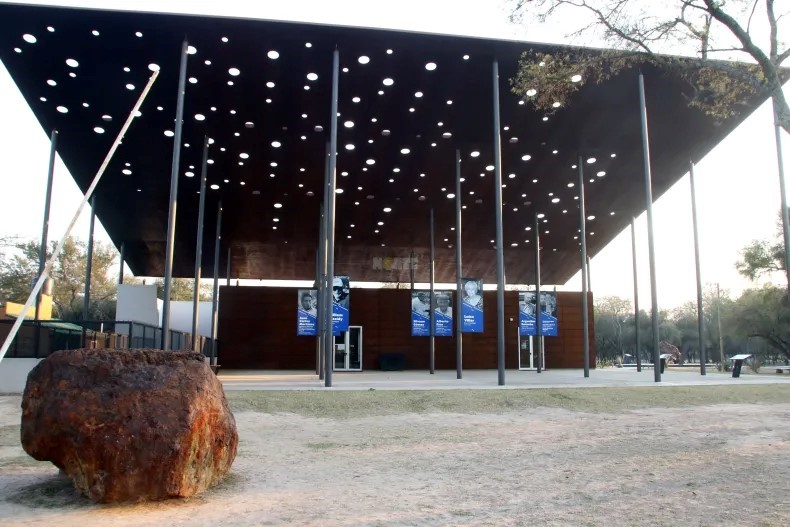
Site Museum building – Image credit: https://www.diarionorte.com/content/bucket/8/189148w790h527c.jpg.webp
The largest meteorites are exhibited in the open air, as you walk along the marked paths, you’ll find several large pieces and, of course, the massive Chaco and the Gancedo each averaging the size of a small European car. According to scientific studies, all of them seem to have been part of an 800-ton meteor shattered into several pieces upon entering the atmosphere, the largest ones slammed into the ground, creating craters and tunneling deep underground, while smaller fragments scattered across the entire area.
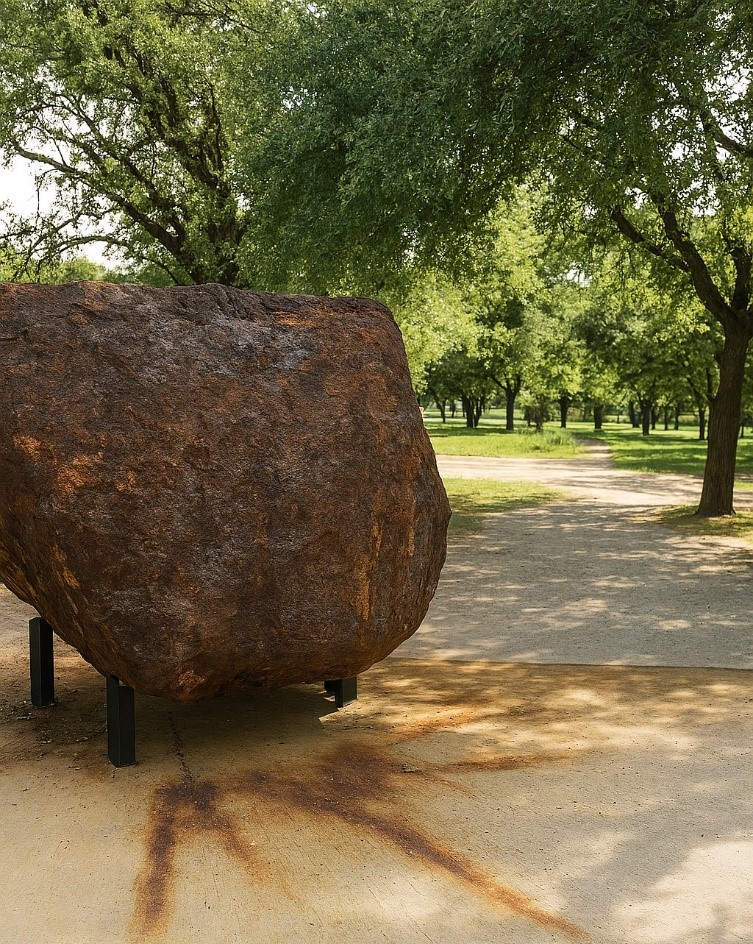
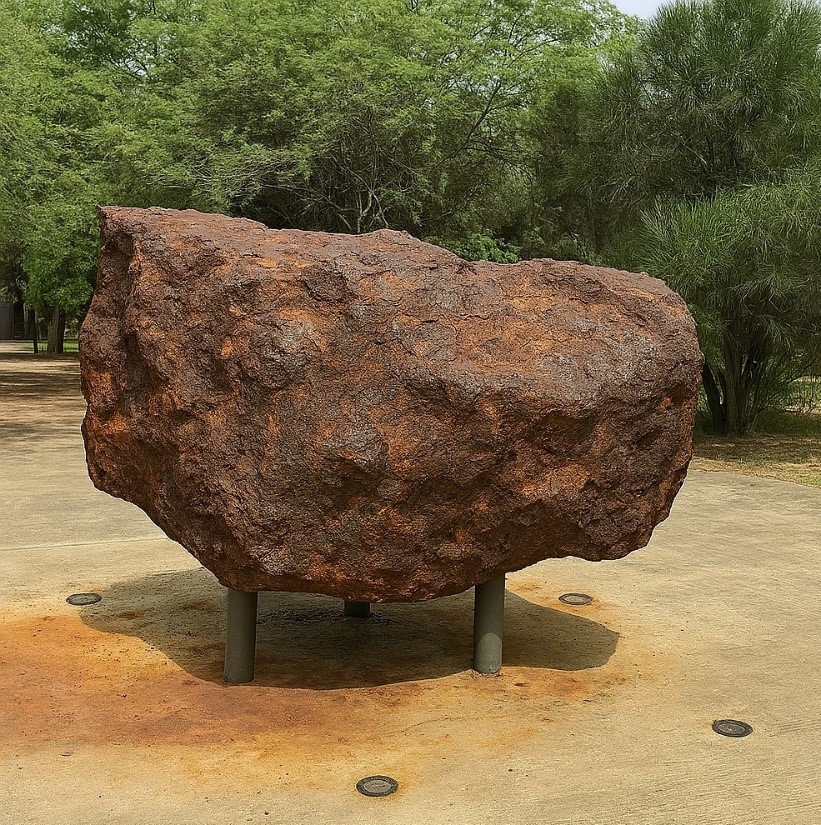
As you keep walking around the 27-acre reserve, you will come across several craters. Make sure to pay attention because shrubs and trees have grown inside, but some are so huge that you surely won’t miss them. Specially because the largest one is a full 50 meters in diameter.

Although travelling to space is quite difficult, if you come to Argentina, you can get up close and personal with meteorites right from the asteroid belt, no spacecraft required.
Online Information Sources:
- Campo del Cielo: el increíble cementerio de meteoritos en Argentina Clarín, 06/04/2021 13:14/ Actualizado al 20/06/2022 15:48
- El parque donde se ven los meteoritos más grandes – LA NACION 14 de junio de 2025
- Campo del Cielo, la llanura sudamericana sembrada de meteoritos descubierta en 1576
- https://www.esa.int/Science_Exploration/Human_and_Robotic_Exploration/ATV/About_the_Campo_del_Cielo_meteorites
- Instituto de Turismo del Chaco | Campo del Cielo




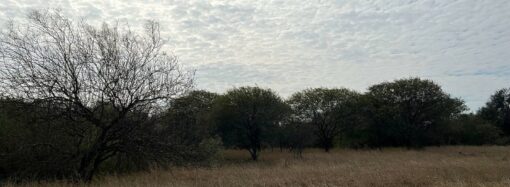
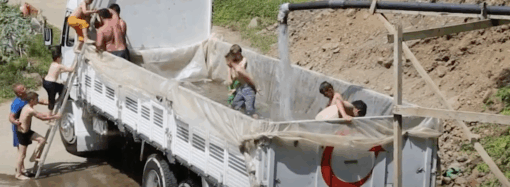






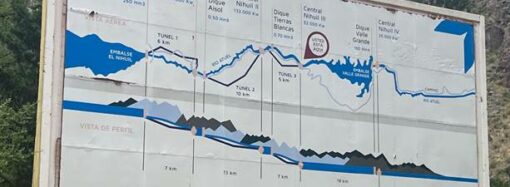





















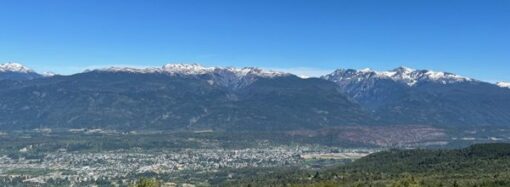










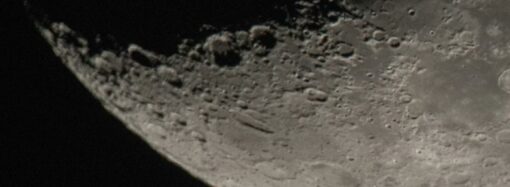























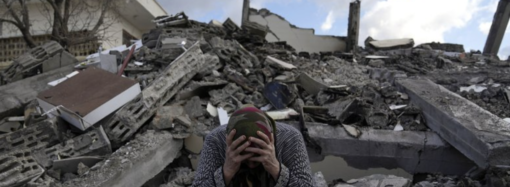



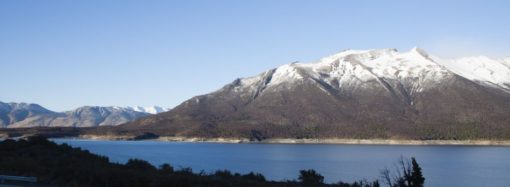


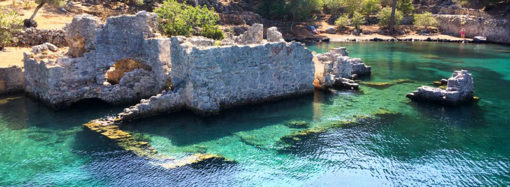


























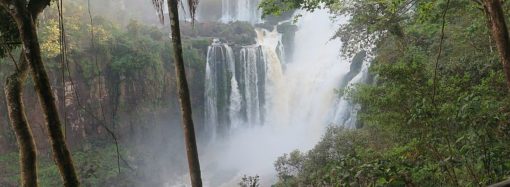





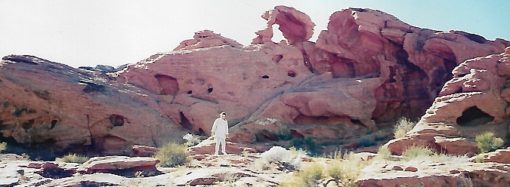


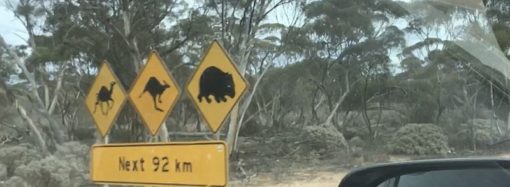
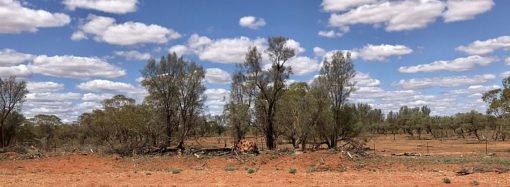






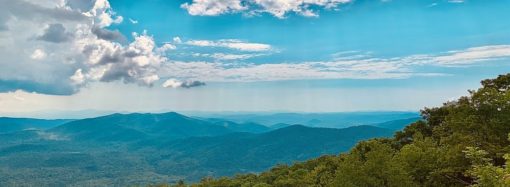















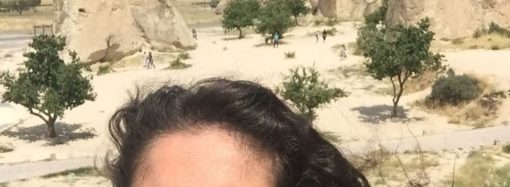
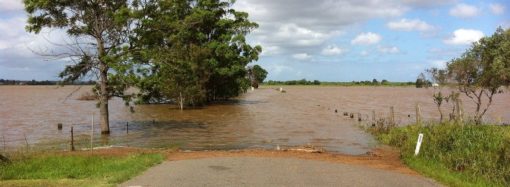

















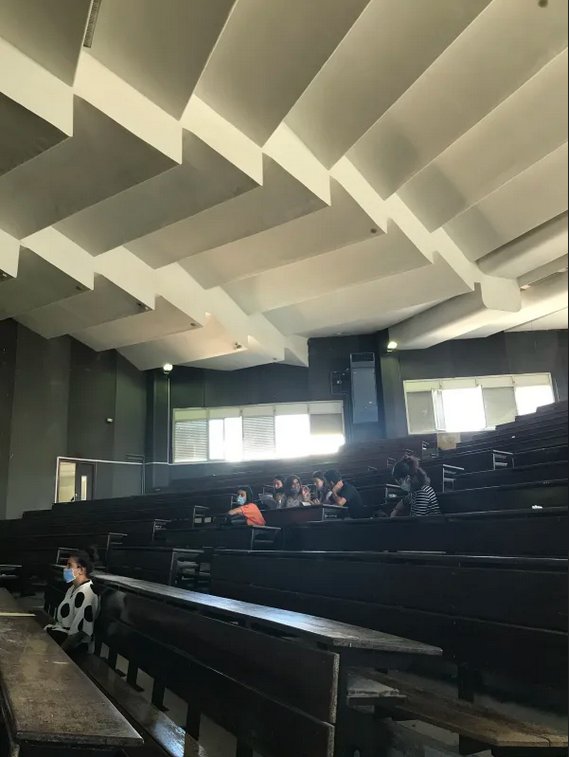








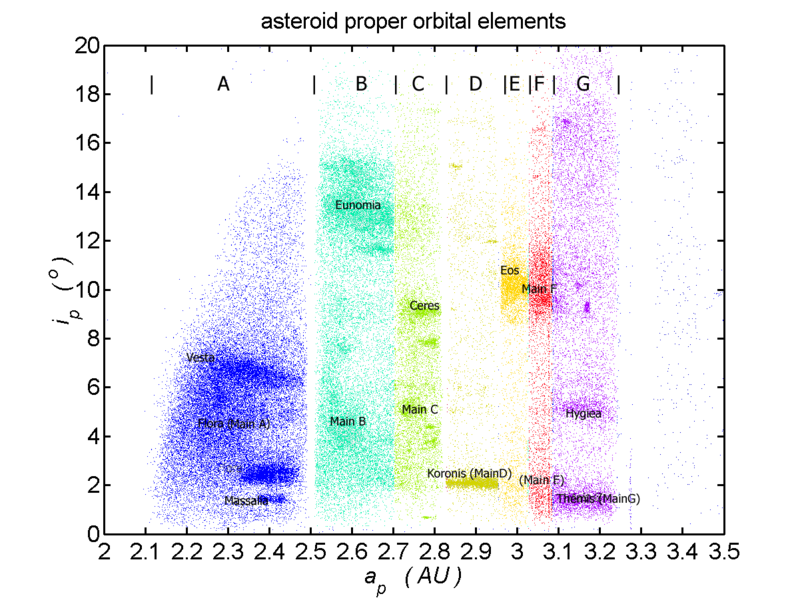










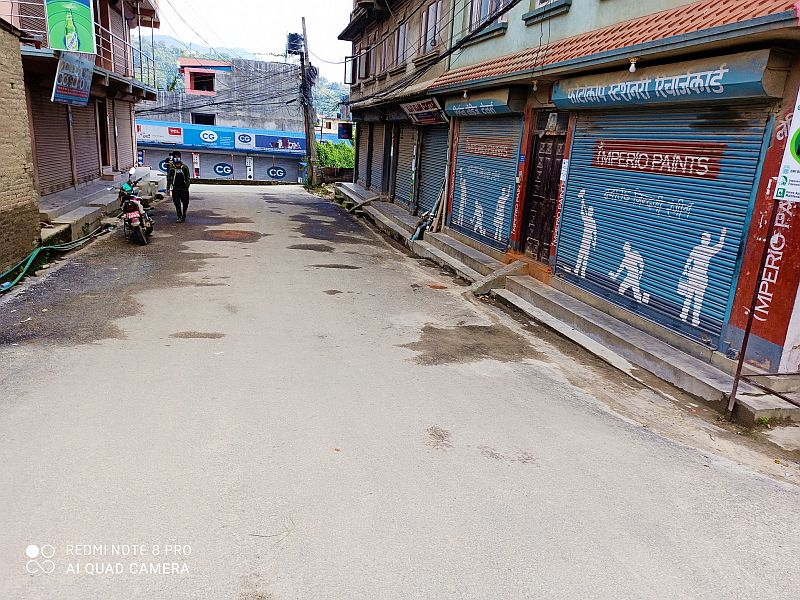
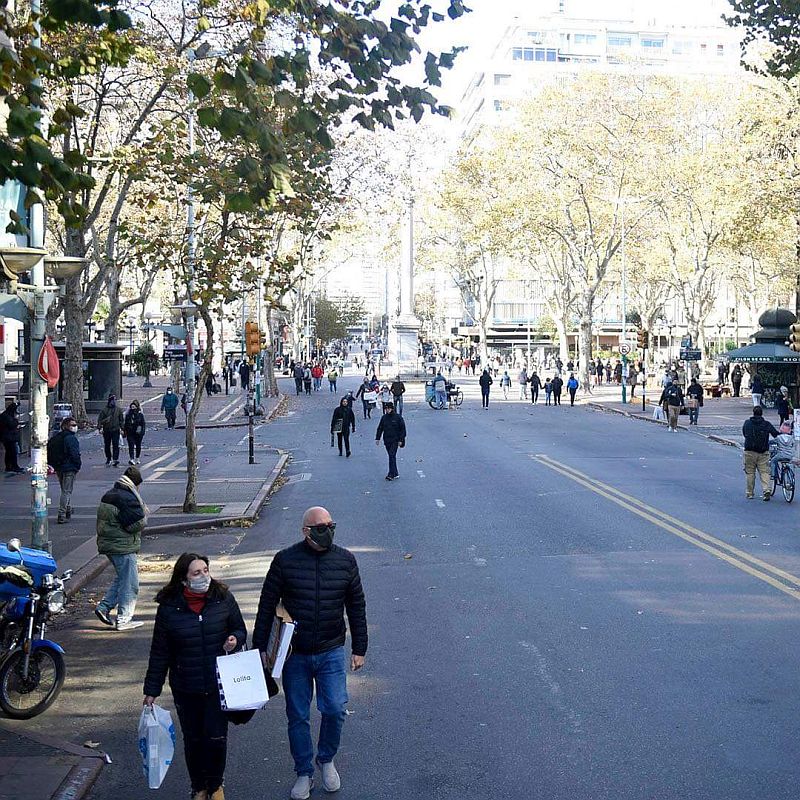











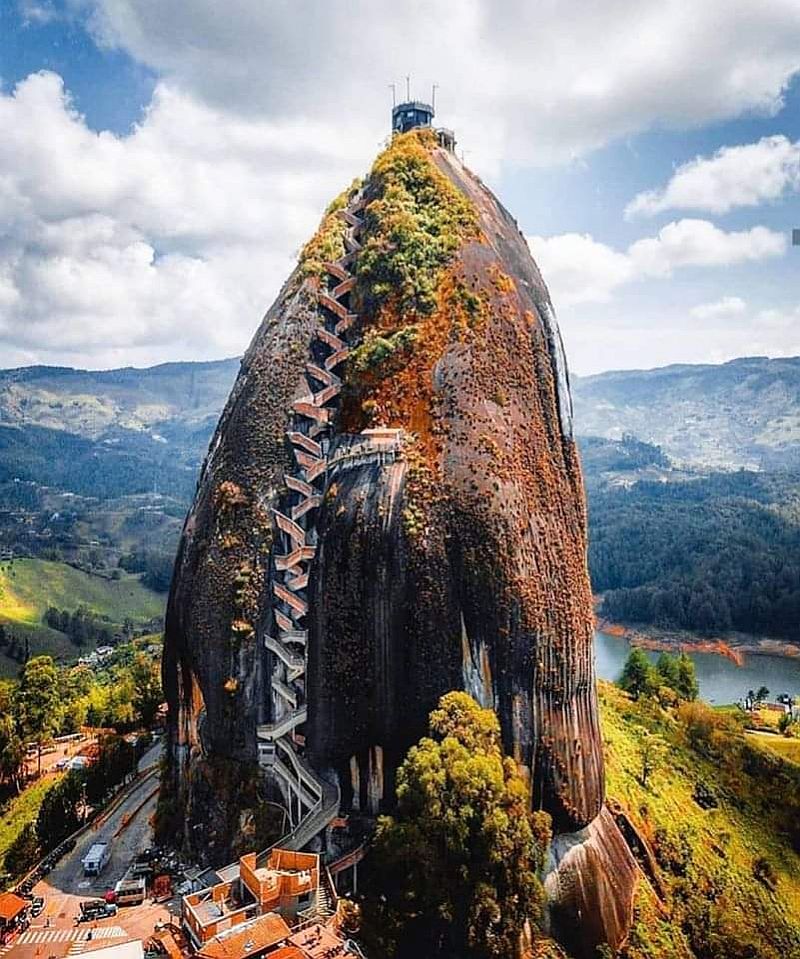















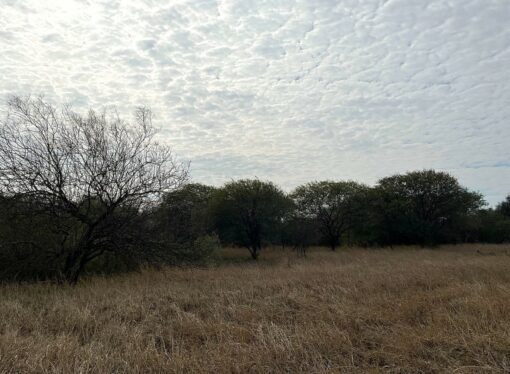
Leave a Comment
Your email address will not be published. Required fields are marked with *